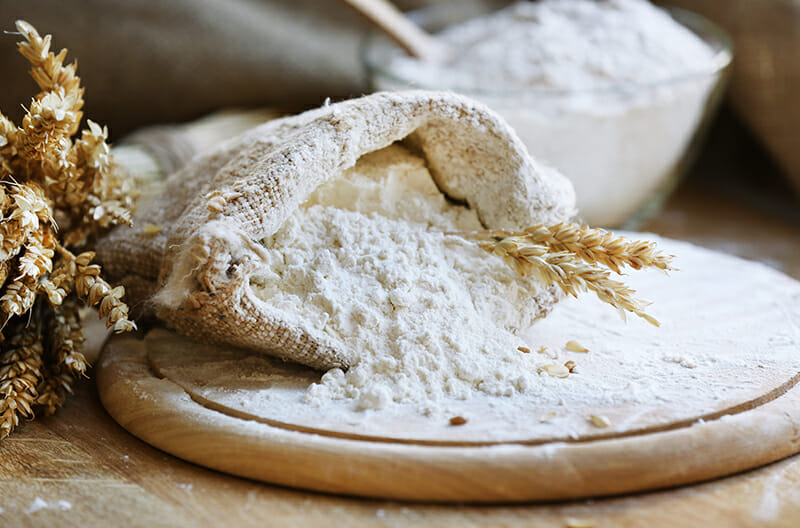Cassava Flour the Next Best Gluten-Free Flour?
Thousands of people suffer from gluten intolerance, allergies, or other digestion issues caused by gluten. Some people prefer not to eat gluten but may also have a nut allergy, thus excluding many gluten-free flours made from nuts. So, what is the solution? Cassava flour may be the answer you’ve been looking for.
Cassava flour shares many common qualities with all-purpose wheat flour. This includes the light and powdery texture, a mild taste, and even the same ratios for baking and cooking. Cassava flour has been gaining momentum (and for a good reason) within the healthy food niche. Let’s have a look at what it is and how it can change your life.
What is Cassava Flour?
If you’re trying to go gluten-free, you may have already heard of cassava flour. However, you may not know what it is or where it comes from. Cassava flour originates in Southeast Asia but you can also find it in South America and some parts of Africa. Breads, cakes, and other food staples are made using this type of flour in these areas.
So, what is cassava flour? It is a flour made from the cassava root, also known as yuca. Compared to plantains, yams, or potatoes, cassava root is starchy and high in carbohydrates. The root is dug up, cleaned, grated, and then dried to create cassava flour. Its texture makes it easy and familiar to use, and its taste is mild in a way that makes it perfect for baking. Plus, it is free from nuts, grains, and gluten, and it goes well with vegetarian, vegan, and paleo diets.
Many people confuse cassava flour with tapioca. Tapioca derives from the cassava root but is pulped while cassava flour is dried. There is, therefore, more dietary fiber in cassava flour than in tapioca flour.
What Are the Benefits of Cassava Flour?
1. It’s Healthier Than All-Purpose Flour
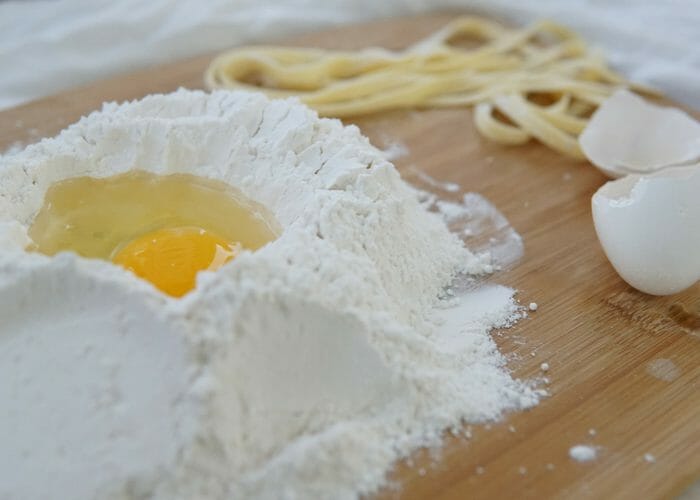
Typical all-purpose flour comes from wheat which is bleached and enriched. This helps with the consistency and texture, but it also reduces the number of nutrients — all-purpose flour is low in fiber and B vitamins because they are removed when the flour is being produced.
You might find an enriched all-purpose flour that advertises its B vitamin and fiber content. While it might seem impressive, it’s important to realize that these nutrients are added artificially, rather than being left in the flour to begin with. Synthetic nutrients like these are not the same as natural, unprocessed nutrients.
The problem with all-purpose flour is that it is difficult to digest because it is processed and has a high gluten content. Gluten has been linked to digestive problems and gut issues, including leaky gut syndrome.[1] With its gluten-free properties, cassava flour offers a much healthier alternative to traditional flours. Here are some key points for comparison:
Cassava flour:
- Has 330 calories per cup
- Is low-fat
- Has a neutral flavor
- Is not highly processed or enriched with unnecessary ingredients
All-purpose flour:
- Has low nutritional content
- Is sometimes enriched
- Can be difficult to digest
- Has been linked to autoimmune conditions[2]
2. Cassava Flour is Nut-Free, Grain-Free, and Gluten-Free
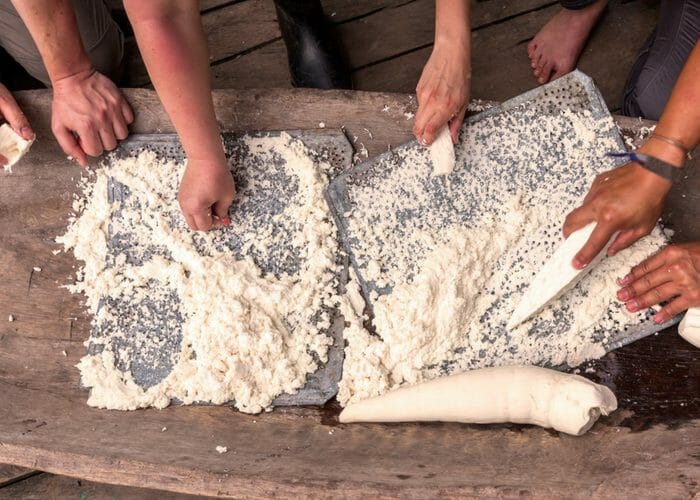
Since cassava flour doesn’t contain gluten, grains, or nuts, people with these allergies have no issues with it. This makes it the perfect substitute for wheat and nut flours (such as almond meal). There are even brands that have been certified by the Gluten Intolerance Group.
This also makes flour made from cassava great for people following the paleo diet. You can use it to make cupcakes, biscuits, and more while keeping the recipe nut-free, grain-free, and gluten-free.[3] It is also an excellent choice for anyone with digestive issues, including people with irritable bowel syndrome or disorders that involve sensitive digestion. When compared to other flours, cassava really is the best gluten-free option.
3. It is a Simple Gluten-Free Substitute
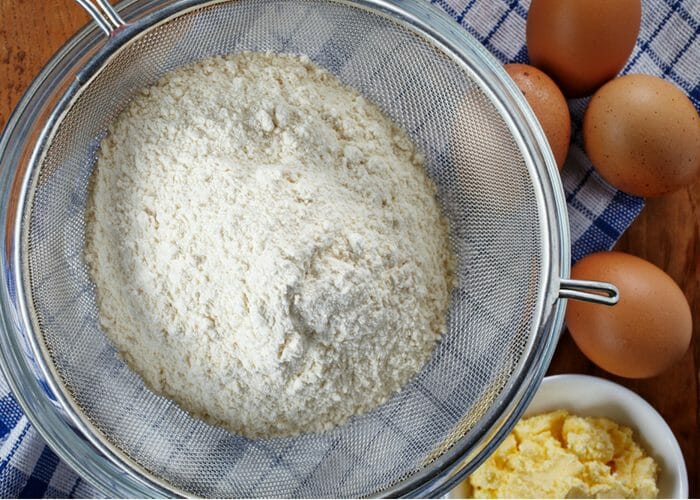
One reason cassava flour is so useful is that it makes a great go-to substitute for “normal” wheat flour. There are plenty of gluten-free flours out there (including coconut flour and almond flour), but many have a strong taste or gritty consistency. Flour made from cassava is a better substitute because it is mild-tasting, and its texture is powdery and soft.
The texture and consistency are important because they provide a close substitute for normal flour in most baking recipes. You don’t even have to change the amount you put in — if the recipe calls for three cups of wheat flour, you can use three cups of cassava flour. It’s as simple as that!
It might be worth paying a little extra for high-quality cassava flour. Due to its increased popularity, some brands have popped up seemingly overnight but may not be the best value. If you are not pleased with your baking results right away, don’t be discouraged. Try a different brand and don’t be afraid to experiment!
4. Cassava Flour Has Lots of Energy
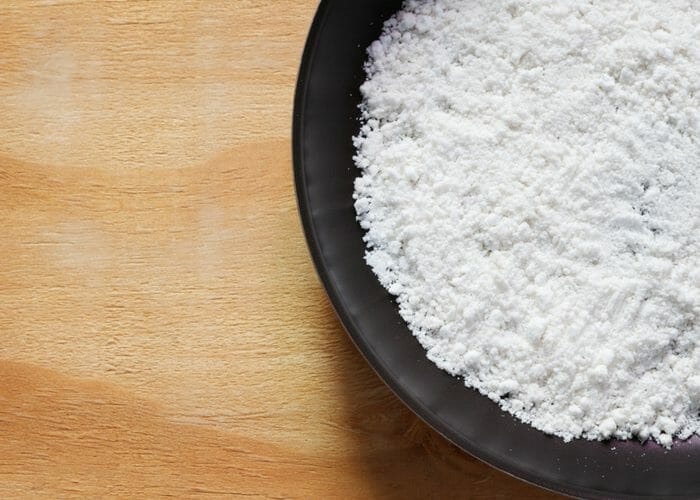
Cassava flour is high in carbohydrates. Although all starchy tubers (which include cassava) have a high carbohydrate content, cassava’s is even higher than normal. If you compare it to a yam, for example, cassava has twice the carbohydrates and calories. That means twice the nutritional density, packing an energetic punch to your diet.
In many places around the world, cassava’s high caloric and carbohydrate content is the reason it is such a valuable dietary staple.
Fun Fact: It is estimated that cassava plants are the third-highest carbohydrate provider (per person) in the world! The top two are sugarcane and sugar beets.
5. It is Low in Fats, Sugars, and Calories
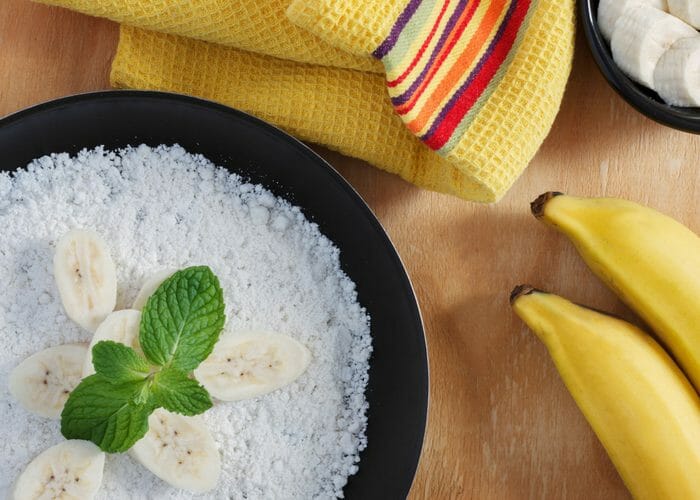
Compared to almond flour or coconut flour, cassava flour contains fewer calories, less fat, and greater water content. In fact, it even measures up well against wheat flour in addition to corn, plantain, rice, and sorghum flours because it has a lower caloric density than these options.
Because of its high carbohydrate content, this flour provides plenty of energy without coming with a hefty price in calories. In fact, lots of people prefer to consume cassava flour because they need the energy but don’t want to consume other starches. It can help keep blood sugar levels balanced while still giving the energy you need. This makes it an awesome choice for people who have diabetes, high blood pressure, or high cholesterol since it is low in salts, sugars, and fats. Although it has lots of carbs, it also is lacking in refined carbohydrates and any artificial ingredients.
The foods you consume with this type of flour make a big difference. It is recommended that you combine cassava flour with foods rich in nutrients that will help increase the levels of fiber, minerals, and vitamins in any recipe. One example of this would be flaxseeds or chia seeds, both of which are high in fiber.[4]
6. It is Easy to Find

As one of the best gluten-free flours out there, cassava flour can be found all over the globe. One of the highest producers of this flour is Nigeria, so scope out the international food aisle if you can’t find it in your regular supermarket. Cassava plants are not only affordable and found worldwide, but they’re also healthy and nutritious.[5]
Cassava flour is easy to find and is often sold in large bags, giving you more bang for your buck.[6] If you’re not into searching the aisles, you can easily find this type of flour online at Amazon, Vitacost, or Thrive Market.[7]
7. Cassava Flour Can Help You Lose Weight
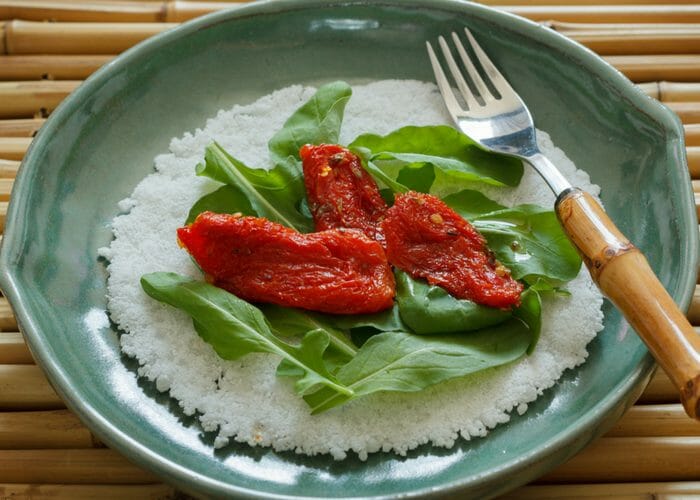
If you’re trying to lose weight, cassava flour recipes could be a great way to help you do just that. Those attempting weight loss usually avoid baked goods, assuming that they are loaded with refined sugars and made with all-purpose flour. However, if you consume baked goods made with cassava flour in moderation (meaning there are fewer calories than with normal, all-purpose flour), it will not influence your weight loss plan.
This type of flour doesn’t produce the same insulin response that your body has to sugar. Plus, it will make you feel fuller because of its high fiber content. This will prevent you from overeating as much as you would if you were consuming more “empty calories” found in a lot of sweets. Also, because of its energy-boosting properties, you’ll have more energy to stay healthy and active.
How to Use Cassava Flour
Now that you know a little more about what cassava flour is, you’re probably itching to run to the grocery store already. Remember, quality matters with this particular flour, so research different brands and reviews online before making a purchase.
Some things you can make with this type of flour include:
- Doughs (think pizza and pastry)
- Breads
- Tortillas[8]
- Breakfast foods like pancakes and waffles
- Batter for frying
- Churros[9]
- Sweet treats like cakes and brownies
Tips for Cooking with Cassava Flour
- When you open your bag of cassava flour, whisk it around to break apart any lumps that have formed. This will make it easier to work with.
- If you are displeased with your results, try buying a different brand. Look for brands that use younger (and therefore more tender) yuca roots, since that will reduce the grittiness.
- Sometimes baking with this flour can make the end product grittier or drier than usual. If that is the case, reduce the amount of flour you used in the recipe by 20%. Keep trying until you get it just right—we promise, there’s a way to make it taste perfect!
- If you’re not 100% happy with the taste of cassava flour, don’t give up! You can always mix it with other types of flours to still get some nutritional benefits without sacrificing flavor.
As with trying anything new, adding cassava flour into your diet often takes a bit of trial and error. Nonetheless, it is one of the easiest gluten-free flours to use as a healthy substitute in your cooking. Whatever you do, don’t give up on it until you’ve given it a proper chance.



